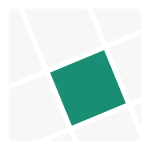Bankruptcy is governed by Title 11 of the United States Code, commonly called the Bankruptcy Code. The chapters of this code govern the process of bankruptcy, which is why we refer to a “Chapter 13” bankruptcy. (The chapters run to 15, although there are only 9 current chapters because several have been repealed over the years.)
A Chapter 13 bankruptcy is one of the two most common forms of bankruptcy for individuals or married couples (as opposed to businesses). Typically, if you are facing personal bankruptcy, you will choose between either a Chapter 13 bankruptcy (“wage earner’s”) or a Chapter 7 bankruptcy (“liquidation”).
A Chapter 13 bankruptcy is sometimes called a “wage earner’s plan” because it allows you to create a plan based on a stable income to get back on track and pay off your debts while you continue to work. Chapter 13, technically titled “Adjustment of Debts of an Individual with Regular Income,” essentially allows you to get your ducks in a row and create a repayment plan to pay all or a portion of your debts over a set period based on what you can afford.
As long as you stick to the repayment plan, you will have the chance to keep your property, including your home, repay debts without interest, and wipe the slate clean. However, you are committing to a repayment plan for 3 to 5 years and you aren’t simply walking away from your creditors as in a Chapter 7 bankruptcy, so Chapter 13 is a longer and potentially more costly commitment.
If your income is under the median income for California, your repayment period will typically be 36 months, and if your income is over the median, then you will typically require a 60-month plan. You propose a repayment plan to the court based on your disposable income to repay a certain portion of your debt. Once the plan is approved by the court, you make payments to a trustee who distributes the payments to your creditors.
Usually, the monthly payments you will make are much lower than what your creditors are demanding, and at the end of the repayment period, you get a fresh start. (Although, of course, any bankruptcy filing will have long-term effects on your credit.)
CAN I FILE UNDER CHAPTER 13?
Filing under Chapter 13 does have some specific qualifications, mainly including the requirements below:
- First, the repayment plan is based on a stable income, so if you have no income or don’t have sufficient disposable income to pay off the required debts, you won’t be able to file under Chapter 13. Chapter 7 is probably a better option in this case.
- There are debt limits: currently, you can’t owe more than $419,275 in unsecured debt and $1,257,850 in secured debt. Secured debt is debt backed by collateral, such as a mortgage backed by foreclosure on the property, while unsecured debt is debt such as credit cards, student loans, back rent, and so on.
- You are also required to undergo credit counseling from an approved agency within 180 days before filing your bankruptcy claim.
- You also can’t file for Chapter 13 if you filed for a Chapter 7 bankruptcy within the last 4 years.
HOW DOES IT WORK?
The monthly repayment amount is typically based on your disposable income; a set of standard deductions for living expenses is applied to your income, and everything left over is your payment. However, that amount must be able to cover priority debts and must be greater than or equal to the amount unsecured creditors would receive under a Chapter 7 liquidation. We won’t go into the specifics of the calculation, but under the new 2005 bankruptcy laws, these deductions are mostly fixed averages set by the IRS and not your actual expenses, so fitting your budget to the calculation can require significant lifestyle changes.
Secured debt: Secured debt such as your mortgage and car payment must be made in full, so the repayment plan must cover any arrears (missed payments) over the payment period, and you must remain current on these payments as well. This process allows you to “cure the default,” allowing you to avoid foreclosure or repossession and reinstate these loans.
Unsecured debt: Priority unsecured debt gets paid first—this includes child support, administrative fees incurred by the bankruptcy, and delinquent taxes. If your repayment plan won’t cover these priority debts, the court won’t approve the claim. The rest of your unsecured debt gets whatever is leftover in the repayment plan—meaning that if your calculated disposable income over the payment period only just covers your secured and priority debts, the rest of your creditors may get nothing. Many of these debts (although not all) are then discharged at the end of the repayment period, as if you had paid them, including some debts that cannot be discharged under a Chapter 7 bankruptcy, such as parking tickets or non-criminal fines. (Note that criminal fines are non-dischargeable.)
If you are facing overwhelming debt, there are many options available, each with their own complexities. Bankruptcy is not a simple process, especially when it comes to protecting your home, and your best bet is to consult an experienced California attorney to assess what is best in your unique case.


